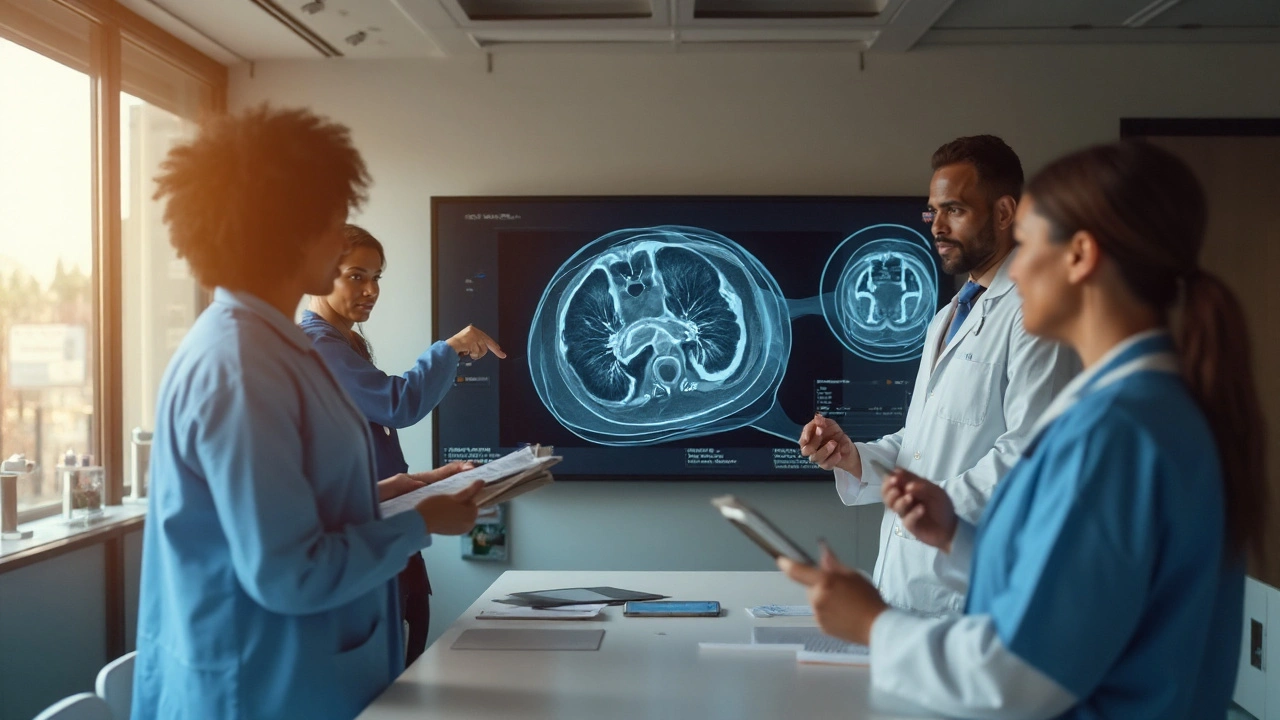Cancer Surveillance: Simple Ways to Monitor and Detect Cancer Early
When you finish treatment, the work isn’t over. Cancer surveillance is the routine check‑ups, tests and habits that help spot a return or a new tumor before it grows. Think of it as a safety net that catches problems early, when they’re easiest to treat.
Why Cancer Surveillance Matters
Even after surgery, chemo or radiation, many cancers can come back. Studies show that catching a recurrence within the first two years boosts survival rates significantly. Surveillance also gives peace of mind – you know your doctor is looking out for any signs, and you stay informed about your own body.
Common Surveillance Methods You’ll Hear About
Doctors usually mix imaging, blood work and physical exams. Imaging can be a CT scan, MRI or a simple X‑ray, depending on the original cancer site. Blood tests may include markers like PSA for prostate cancer or CA‑125 for ovarian cancer. Your doctor will also do a physical exam and ask about new symptoms.
Schedule matters. Most guidelines suggest you see your oncologist every 3‑6 months for the first two years, then stretch to yearly visits. If you’re comfortable, you can keep a symptom diary – note any new pain, lumps or changes in weight. That notebook becomes a useful tool during appointments.
Lifestyle choices play a hidden but powerful role. Regular exercise, a balanced diet rich in fruits and veggies, and quitting smoking lower the odds of a comeback. Stay on top of vaccinations, especially flu and COVID‑19, because infections can strain a recovering body.
Don’t ignore mental health. Anxiety about a possible return is normal, but chronic stress can affect immune function. Talk to a counselor, join a support group, or simply share your worries with friends. A calm mind helps you stay consistent with appointments and healthy habits.
When a test shows something odd, don’t panic before you hear the doctor’s interpretation. False alarms happen, especially with imaging that picks up harmless scar tissue. Your medical team will decide if a follow‑up scan or a biopsy is needed.
Technology is making surveillance easier. Some clinics offer blood‑based “liquid biopsies” that look for cancer DNA in your bloodstream. While not standard for every cancer yet, they’re a promising option for early detection without invasive procedures.
Finally, keep your medical records organized. Write down medication names, dosages, test results and dates of each visit. Having everything in one place speeds up doctor consultations and reduces the chance of missing a critical detail.
Remember, cancer surveillance is a partnership. Your doctors set the plan, but you drive the day‑to‑day effort. Stick to the schedule, stay active, and keep communicating. That simple teamwork can make the biggest difference in staying cancer‑free.
About
Health and Wellness

